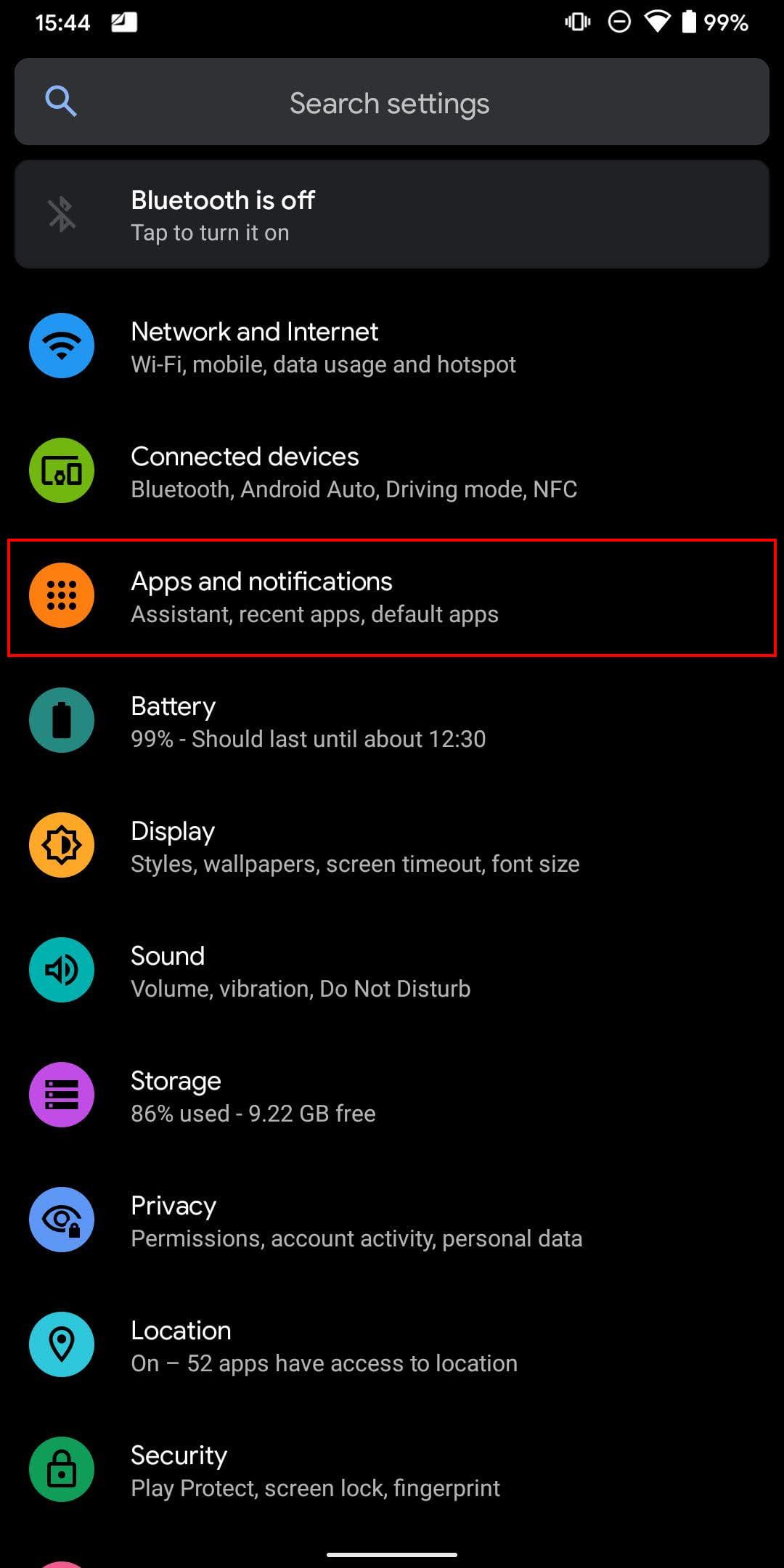screenrant.com How To Delete Unwanted Apps On Your Android Phone
Having too many Android apps installed can lead to future issues with your smartphone. Users can delete some to improve the phone's performance.
By Jam KotenkoPublishedShareTweetEmailApps that users install on their Android phones aren't always beneficial to keep in the long run, so knowing how to get rid of them is valuable. Deletion is most necessary when certain Android apps have been proven harmful to keep on the device because of their negative effect on users' data privacy and security. Users may also want to perform an uninstallation to diagnose an app problem or even just clear their smartphone of unwanted junk.
Uninstalling apps on an Android is a relatively simple process. If a user has paid for a premium version of an app that they wish to remove, they won't need to repurchase it should they want to reinstall it at a future time. If an Android smartphone is starting to experience a lag in performance, there may be a need to delete Android apps to free up storage space.
SCREENRANT VIDEO OF THE DAYRelated: How To Delete Apps On An Apple Watch

When storage space is the issue, the simplest and quickest way to delete and uninstall an unwanted Android app is by long-pressing the app icon. Once a menu pops up, tap 'Uninstall' or 'Remove.' For some phone brands, there may be an extra step to get to the uninstall button—tapping on an 'i' or 'App Info' will get the user there. But in general, this method is considered universal and should work on almost any Android device.
Other Reasons (And More Methodical Ways) To Uninstall An Android App
A second, slightly more thorough, and organized way of deleting an unwanted app is by doing it through a phone's Apps folder. This method is useful when multiple apps need to be deleted in one go or when Android apps are malfunctioning or have been flagged as suspicious online. Head to the phone's Settings menu and tap 'Apps & notifications' (or simply 'Apps,' for some phones). If the device has a search bar in Settings, users can also look up 'apps' to get to the right place. Expand the list by tapping 'See all apps' if necessary. The Apps folder will have a complete list of apps installed on the Android phone. Tap on the app to be deleted, then hit 'Uninstall' when the app's info is pulled up. The user may need to click 'Turn On' first before tapping 'Uninstall' if the app has been 'Auto Disabled.'Then, OK when asked to confirm.
The optimal way of deleting installed apps—a method recommended by Google—is through the Play Store, where users can arrange apps according to most used. Tap on the Play Store icon to launch it. At the top-right corner of the screen, hit the Profile icon. Tap 'Manage apps & devices' then pick the 'Manage' tab to get a list of all the installed apps. Tap the app's name to be deleted and hit 'Uninstall.' For users who are deleting multiple apps as part of a house cleaning of sorts, it's best to arrange everything installed according to the least accessed by tapping the list option beside the Apps page title (it'll have the number of apps next to it) and picking 'Least used.' Deleting apps that haven't been accessed in six months is a pretty good rule of thumb to start with. If uninstalling to regain storage space, change the list option to 'Size.' Then, select the apps to delete, tap the trash can, and select 'Uninstall.'
Android phones have pre-installed system apps that cannot be deleted, even if users don't really want to use them. However, some phone models allow users to disable or turn them off, so they don't appear on the list of apps on the device. This option helps free up space without actually deleting the app, minimizing cached or trash data, or even saving a bit of battery life. Go to Settings and tap on 'Apps & notifications' (or 'Apps'). Tap 'See all apps' if needed, then tap on the app to be turned off. Any undeletable app should have a 'Disable' button instead of Uninstall—tap it, then hit 'Disable App' on the pop-up, followed by 'OK' when warned that the app will be reverted back to the factory version. Do note that some Android apps are deemed crucial to the device's functionality and should be disabled with caution.
Next: Battling Android Phone Lag? How To Free Up Space
Source: Google
ShareTweetEmailAvatar 2's Emotional Tease Is The Most Exciting Story Hint So Far Related Topics About The AuthorJam Kotenko (53 Articles Published)Jam Kotenko is a long-time freelance writer based in Seattle with a focus on cool tech, social media, entertainment, and lifestyle. Her bylines have appeared in publications such as Digital Trends, The Daily Dot, and Bustle and was often tapped to test and review new mobile apps, compile best-of lists, and share details on her OKCupid success story. Additionally, she has also written personal essays about her experiences relating to marriage, motherhood, and everything in between. She recently contributed articles relating to the ongoing coronavirus pandemic for Nautilus Magazine.She is a full-time stay-at-home mom to two rambunctious boys and a nap-loving dog. Along with her husband, she is currently on a health and fitness kick and is hoping to run her first marathon in late 2022.








